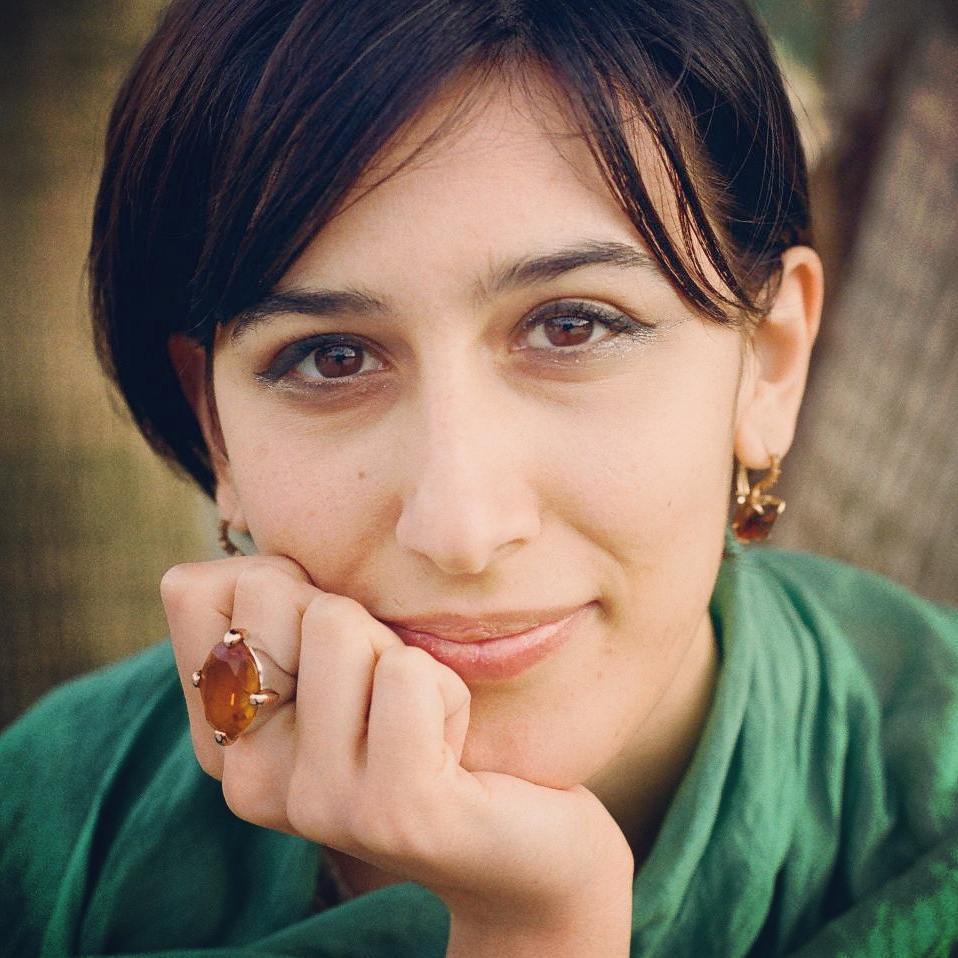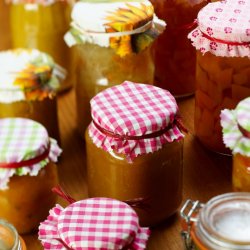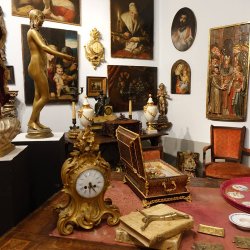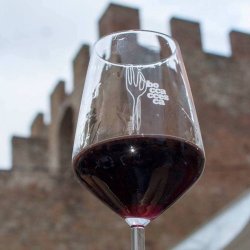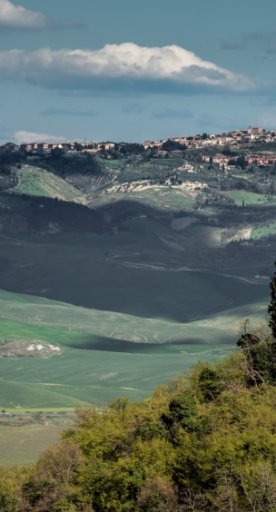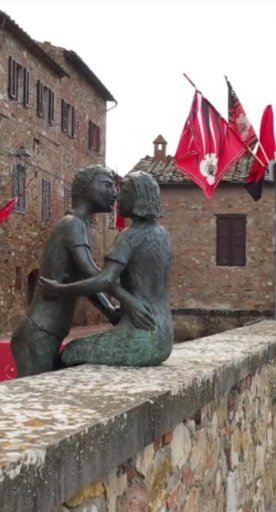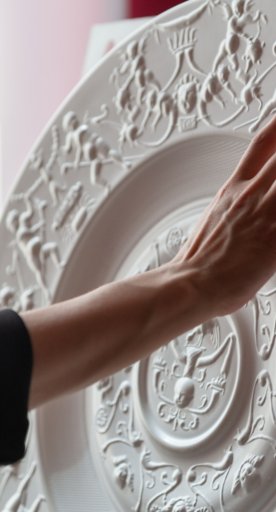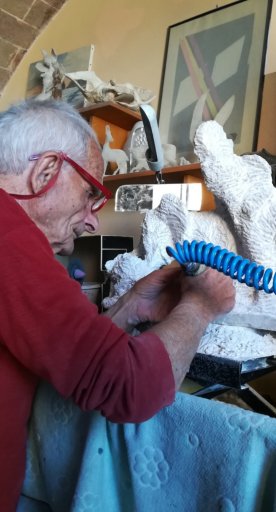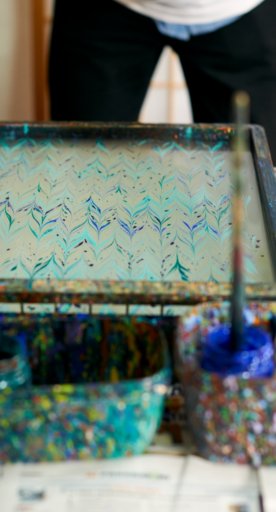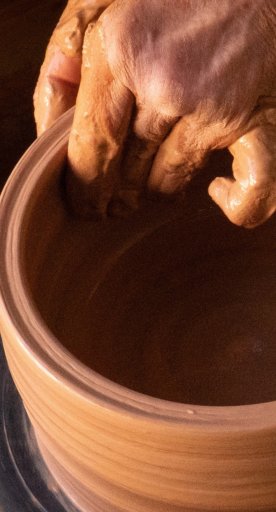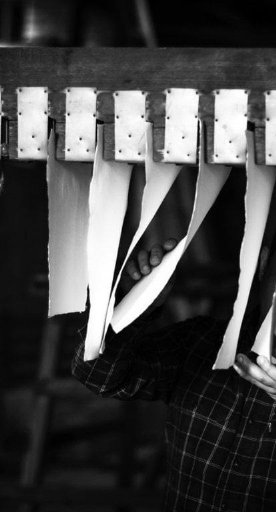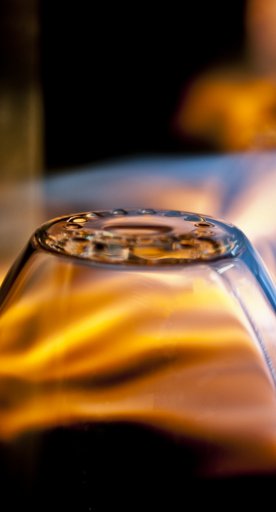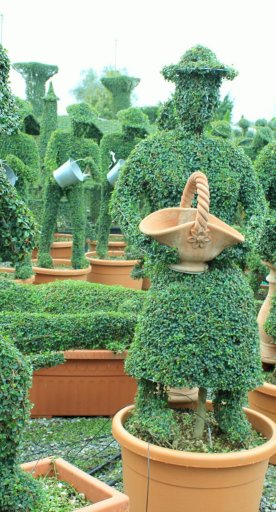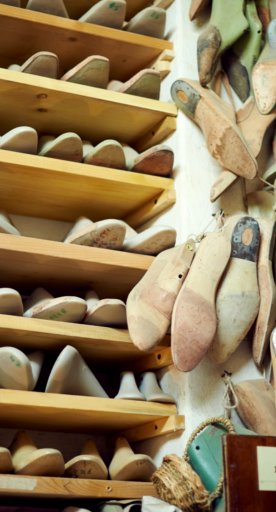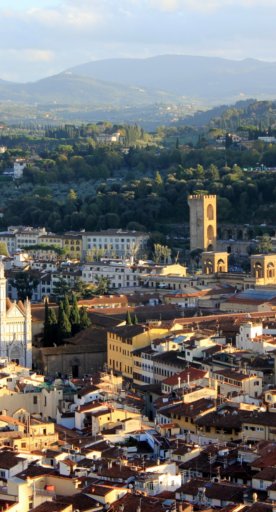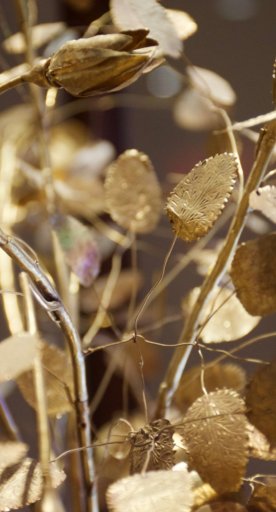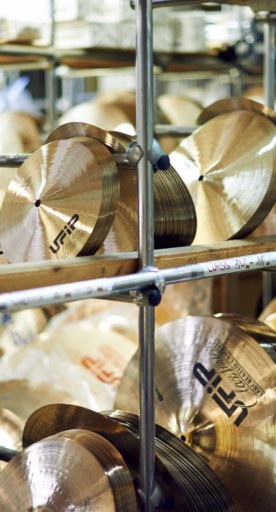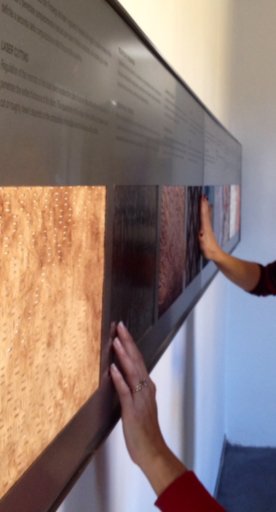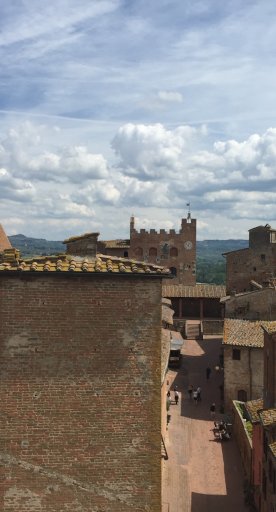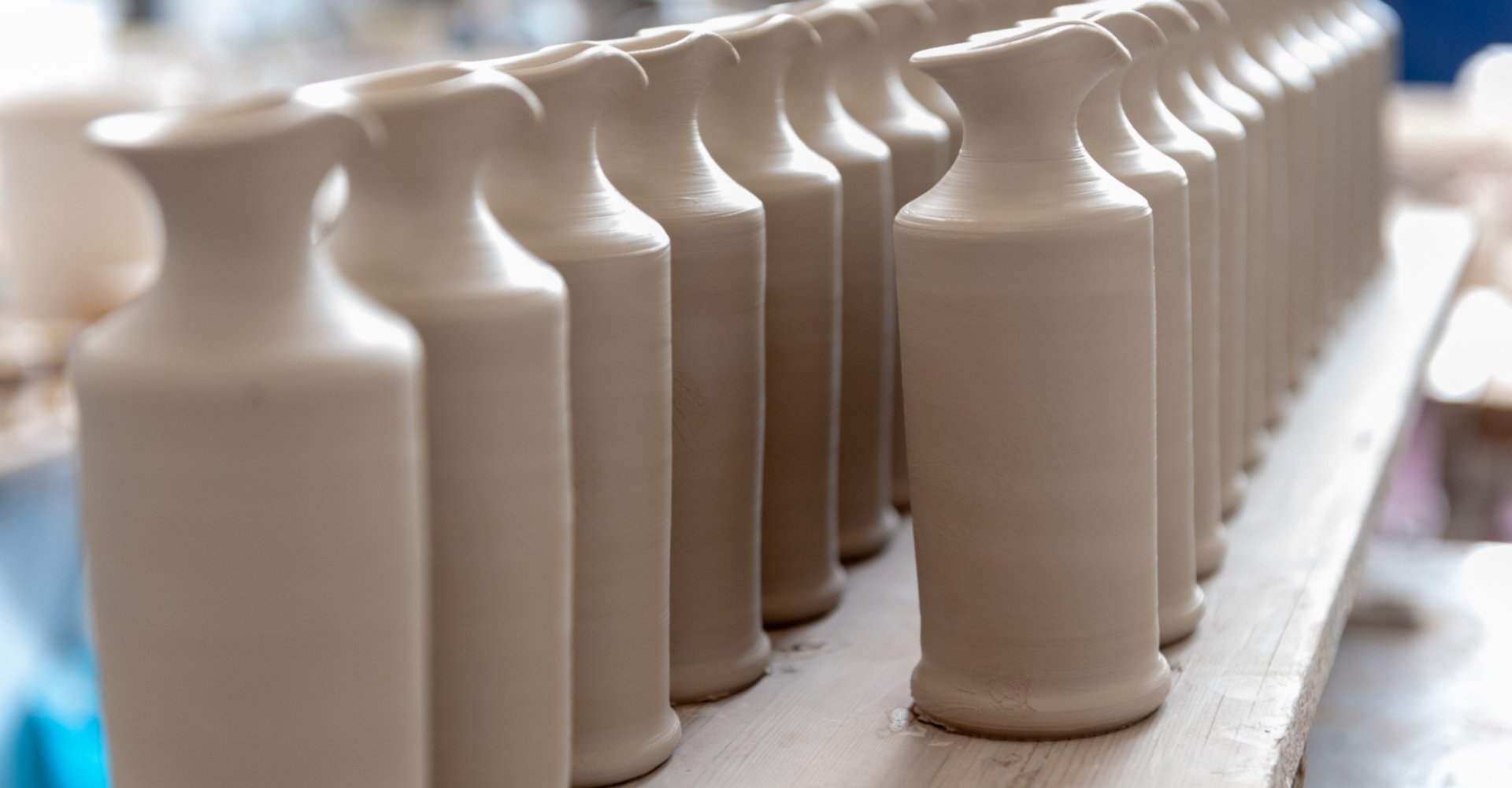
Ceramic cities in Tuscany
5 Tuscan craft cities excellent in working with design objects
Tuscany is the land of passion and creativity. It is here that high-value majolica and terracotta are produced, sought after in workshops and admired in museums.
The ancient art of shaping raw materials such as clay and decorating them is still a hallmark of the Tuscan cultural tradition, so devoted to craftsmanship that ceramics have become one of the symbols of Tuscany around the world.
There are a few cities in particular that boast centuries-old workmanship, dedicated to the creation of high-quality and aesthetically valuable artefacts, objects that go beyond everyday use and become works of art.
Here is the list of ceramic capitals.
-
1.Montelupo Fiorentino
-
2.Borgo San Lorenzo
-
3.Trequanda
-
4.Impruneta
-
5.Sesto Fiorentino
Montelupo Fiorentino
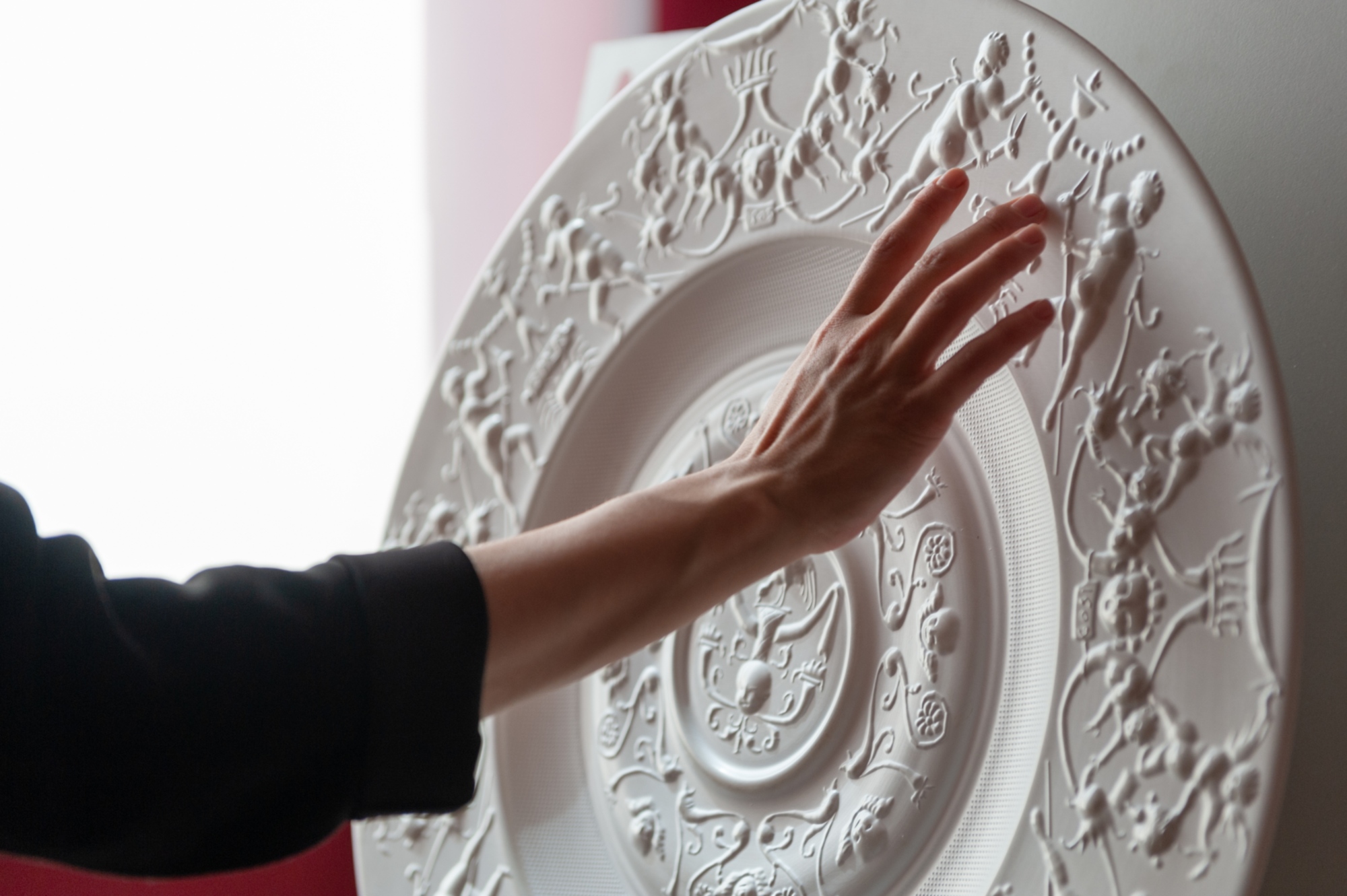
The development of the city began in the Middle Ages, fostered precisely by specialization in the production of ceramics. The presence of water, clay (thanks to the proximity of the Arno River) and wood to feed the kilns made this tradition possible in Montelupo Fiorentino,, which is still highly renowned today.
Objects such as plates and finely wrought pottery have been decorated for centuries with bright colors such as green and blue, with depictions that recall characters, in a caricatured way, or animals, to which recurring motifs are added that intertwine to create spectacular effects.
From simple practical use, these ceramics became an expression of wealth in the homes of noble families and today can be purchased in the many workshops among the hills of Montalbano.
For an ideal itinerary, we reccomend visiting the Ceramics Museum (which offers a journey through seven centuries of the craft tradition) and the Archaeological Museum, which collects ceramic artifacts and fragments of amphorae dating back to the Etruscan period.
Borgo San Lorenzo

In Borgo San Lorenzo, in the Mugello area, the activity of potters has been documented since the 15th century. We know the Renaissance creations through numerous finds recovered near the Market Square: pottery for storing and cooking food, for transporting water, as well as plates and bowls.
The workmanship was quite elaborate: the so-called "engobe" (i.e., the coating of the artifact with a thin layer of clay) allowed for different types of decoration, while glazing-which took place later-guaranteed impermeability and resistance to heat.
Artifacts from Borgo San Lorenzo that are painted or graffitied in polychrome are characteristic, particularly those that feature the blue color typical of workmanship in this locality.
In the early twentieth century ceramics production intensified, especially thanks to the creativity of Galileo Chini, a talented ceramist who followed the trends of the Art Nouveau style. Painter, decorator, graphic designer, set designer and ceramist, he created together with his brother Chino the "Fornaci San Lorenzo" factory, one of the most modern manufactures on the national scene, known also abroad. Works by Chini documenting his intense activity are on display in the Chini Manufacture Museum.
Trequanda

Today, some of the most flourishing production of terracotta can be found in the hamlet of Petroio, in Trequanda, where a tradition rooted in Etruscan times continues.
The raw material comes from the Crete Senesi, where rich deposits of red clay gave rise to quarries and kilns. Master potters tried their hand at "square work," meaning they made tiles and bricks with a loom. Or they engaged in "round work," that of creating pitchers and amphorae with the use of a potter's wheel.
Clay working in the Renaissance was reevaluated and oriented toward the production of architectural elements. In addition, the local manufacture supplied jars and basins to the olive growing centers of the Sienese and Valdichiana areas.
In Petroio you can visit the Terracotta Museum, which shows the strong link between past and present, with an overview of manufacturing techniques.
Impruneta

Impruneta is the town of terracotta, or rather, cotto to be precise.
This ancient town in the south of Florence is known precisely for its production that began in the 14th century and over the centuries has become a distinctive element of Tuscan architecture and landscape. For hundreds of years Impruneta has been making a wide variety of terracotta objects, including the tiles of the dome of Florence Cathedral sculptures and works for villas and noble houses, vases housing lemon and olive plants, and jars to hold oil. Terracotta was also used in the construction of the Medici villas, now a Unesco heritage site, and to create the Della Robbia sculptures.
The clay in this area has special characteristics: it is shale, very rich in iron, very malleable, elastic but also resistant.
It even has a connection with peposo: according to the tradition, this kind of spicy stew is cooked for a long time in the kilns used to bake terracotta.
Sesto Fiorentino

A short distance from Florence is the town of Sesto Fiorentino, best known for its ceramic tradition, whose history begins with Etruscan settlements but was consolidated in modern times with the founding of the Ginori company (1735) by Marquis Carlo Ginori.
Ginori majolica in 16th-century taste and eggshell porcelain are known throughout Europe. Ginori quickly became the benchmark for sculpture making. In stately homes its precious porcelain is a boast, synonymous with elegance and refinement.
The stoia motif (similar to woven fabric) was born, and later also the luxurious gold decorations.
The 19th century saw the arrival of romantic floral elements and new table decorations.
In 1923 the artistic direction of Manifattura Ginori was entrusted to Maestro Gio Ponti, who brought a breath of fresh air and contemporary decorative solutions, always in continuity with the past.
Sesto Fiorentino, in addition to preserving a valuable Archive of Sestese Ceramics, is involved in training new generations of ceramists in the classrooms of the Liceo Artistico Statale in Porta Romana and Sesto Fiorentino.
